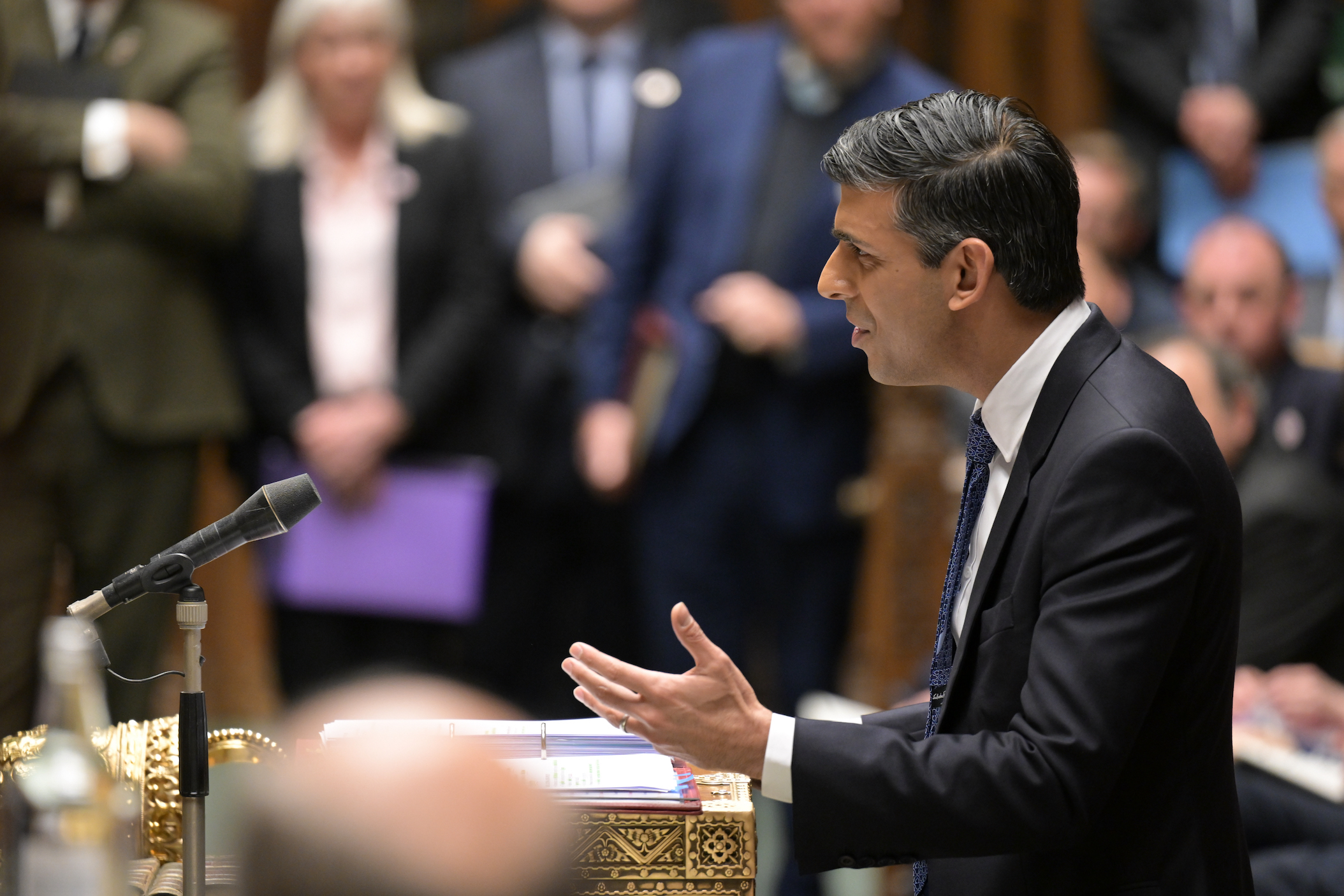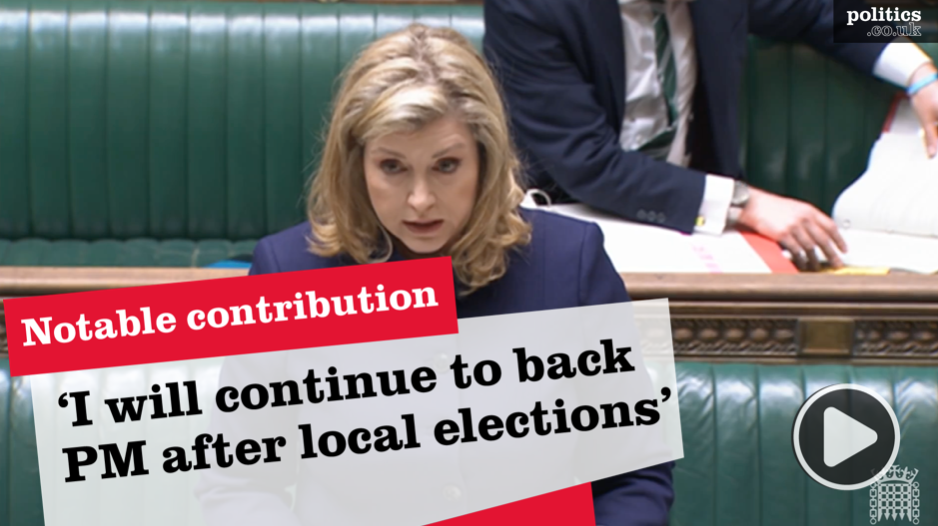The general elections of 1992 and 2015 have loomed large in the collective psyche of Conservative party MPs and apparatchiks since Rishi Sunak became prime minister. But as poll after poll has foretold of impending electoral misery, that these contests are cited has probably had as much to do with morale than their position as potential lodestars for a forthcoming revival.
Still, better-than-expected local elections would have given the Sunak comeback narrative a much-needed marker — one through which the party’s political prospects could be measured and extrapolated. Collective wisdom suggests the PM has enjoyed something of a honeymoon period recently, now was a time to point to progress on the ground.
But what has come to pass is a pasting by most standards. The ballots counted so far suggest the Conservatives, far from a 1992 and 2015-style result, are heading for the electoral doldrums.
Things can change between now and a general election expected in 2024; but the point for the PM is that such change will need to be big — and happen quickly. While there are always several trends at work on a local election day, what seems clearer than ever is that Rishi Sunak, in his bid for 1992 2.0, is running out of time.


Since entering No 10 in October, Rishi Sunak has been a prime minister in a rush. The oddity of how he came to reside in No 10, defined by the terms of Liz Truss’ defenestration, meant his job has never been easy. That said, today, the out-of-control tailspin of 2022 has been largely arrested — and in dedicating recent months to policy areas his predecessors either squandered or surrendered, most notably on Brexit and the Northern Ireland Protocol, Sunak has created the impression of momentum.
But Sunak is now six months into his job as prime minister and his to-do list remains a daunting one. On the economy and the NHS, the key indicators don’t suggest any significant turnaround in fortune any time soon.
And Sunak may not only be battling the ticking clock, but changing political tides. While conclusions from these elections must be drawn with caution, one trend getting some attention today has been the movement of leave-voting, onetime Labour strongholds back home.
Having departed the Labour’s party totemic electoral stronghold for Boris Johnson’s embrace in 2019, Sir Keir now appears to making progress in the Red Wall and areas like Hartlepool and Stoke-on-Trent in particular. This, correlating with the reversal of the “Corbyn effect”, may see the return of Labour voters in working-class constituencies come 2024.
But it is not total victory for Sir Keir yet — nor total misery for the prime minister. In fact, in parts of the Red Wall, most notably in Dudley and Sandwell, the Conservatives may actually have performed better than expected.
In Dudley, while Labour made two gains, the Conservatives were left in overall control with 44 councillors — only one loss. In Sandwell the Conservatives advanced, going from 10 to 12 councillors albeit with Labour remaining in overall control. And in Walsall, the Conservatives held their 38 councillors with Labour making only one technical gain in the Darlaston South ward, which had been represented by an independent party defector.
These results mean there are, at least, some signs of life for the Conservative party in the Red Wall and potential pockets of hope for MPs fearing for their jobs ahead of 2024. Moreover, the fact that there are some signs of progress even in today’s difficult circumstances begs the question of how things will look in 2024, if Sunak can indeed budge some key economic indicators.
Again, however, turning the gains in Sandwell and Dudley into a full-fledged Red Wall defence during an election campaign may involve more time and resources than Sunak and CCHQ can afford. For what in the end may be even worse news for the prime minister is the other half of the Conservative party’s winning electoral equation: the arguably less totemic but no less significant Blue Wall.
Across mainly affluent, commuter-belt areas in the South of England, the Liberal Democrat leader Ed Davey has hailed “groundbreaking results” after defeating the Conservatives to win control of Windsor and Maidenhead council, Theresa May’s home territory. Across England the party has gained nearly 153 seats.
Nonetheless, in a sign of Sunak’s strong standing within his parliamentary party, it is telling that the post-election sniping has been somewhat isolated. Of course, there may be some tests in the coming weeks, with the Conservative Democratic Organisation (CDO), set up by supporters of Boris Johnson, readying for a conference in Bournemouth on May 13. But the party’s response in the aftermath of the local elections will in all likelihood be business as usual: Sunak will stress the importance of unity and march on with the messaging over his “five priorities”.
Privately, the prime minister will also be stressing in the days to come that Sir Keir Starmer’s double-digit polling lead has failed to directly translate to the ballot box.
The BBC’s projection of the vote share at the local elections has the Conservatives at 26 per cent (meaning they have avoided falling back to their previous record low share of 25 per cent at the 2013 local elections) and Labour at 35 per cent. Of course, two years after the 2013 local polls, the Conservatives went on to victory at a general election.
The same BBC model puts the Liberal Democrats on 20 per cent — a very strong showing for the party. It may mean that even if the electorate is protesting the Conservative psychodrama of 2022, they are not fully certain about what should come next.
So while reasons to be cheerful for the prime minister may be few and far between — they are there. After Thursday’s results, the Conservative doomsday clock may not be at midnight quite yet.











